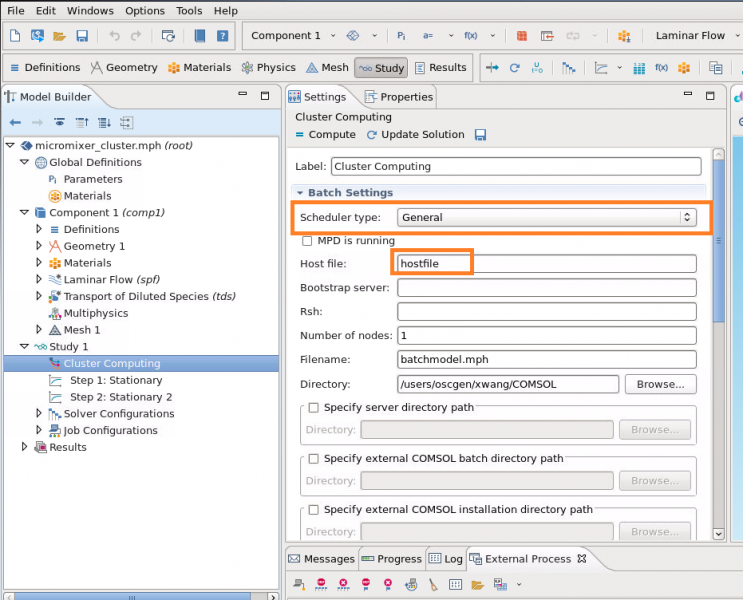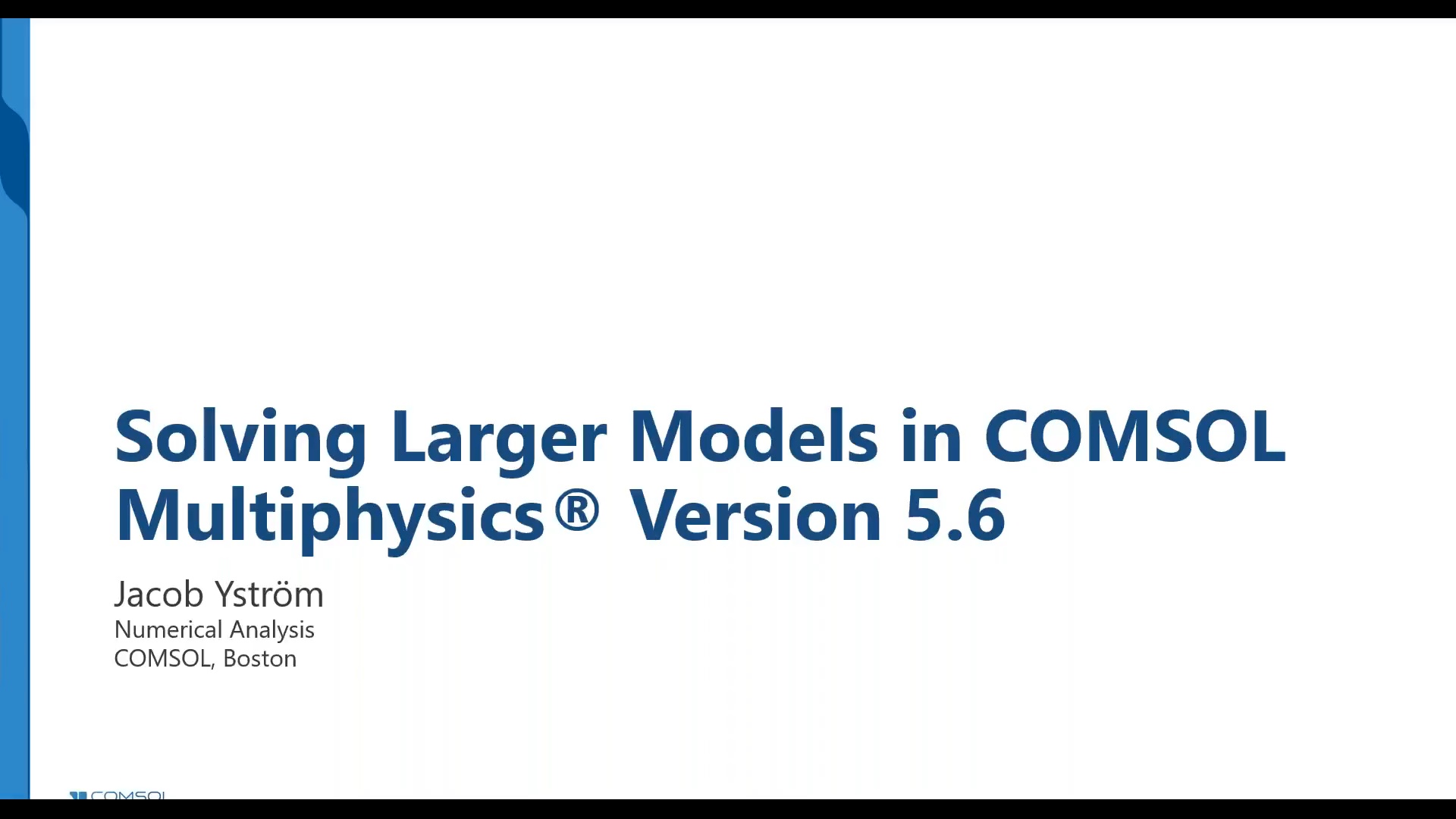

We present, to our knowledge, the basis of a new method that can be carried out with submicrometer spatial resolution and where the force is applied without there ever being contact of the probe with the cell surface. This, however, reduces the spatial resolution. To reduce the forces on the cell surface and to have a probe of defined geometry a bead of 1–30 μm diameter is often attached to the AFM cantilever (for example see Lu et al.

Hence, it is difficult to determine how much the cell is deformed during the measurement and to measure the cell topography without any deformation. Furthermore, it is difficult to determine when the AFM probe first comes into contact with the soft cell surface ( 24). The mapping requires direct contact between the probe and the cell surface, and the membrane can adhere to the probe, which may contaminate the probe making repetitive experiments impossible. However, AFM is the only method that has been used to map the local mechanical properties of a range of different cells on a nanoscale ( 14– 23) and relate this to the cell topography. The mechanical properties of cells have been measured using four main methods: micropipette aspiration ( 10), optical tweezers ( 11, 12), microrheological methods based on single particle tracking ( 13), and atomic force microscopy (AFM) ( 14– 23). Also, as cell structure is not homogeneous, the local membrane mechanical properties will vary with the local site of the probe and the variation in mechanical properties is very likely to be related to cellular function. Cells have a soft membrane supported by an internal cytoskeleton, thus the cell membrane is easily damaged if too large a force is applied. This demands continued development of investigative tools capable of probing the mechanical properties of membranes without damaging them, which is a challenge. In many cases the whole cell may be regarded as a mechanosensor, and cellular mechanosensitivity is a study area of rapidly increasing importance ( 9). Mechanosensitivity is universally found in biological system ( 1), involving mechanosensitive ion channels ( 2– 4), and many membrane and intracellular molecules and structures, including the cytoskeleton ( 5– 7) and downstream intracellular signals ( 8). This method is well suited to probe the nanomechanical properties and mechanosensitivity of living cells. Because the cell surface can first be imaged without pressure, it is possible to relate the mechanical properties to the local cell topography. We show that we can probe the local mechanical properties of living cells using increasing pressure, and hence measure the nanomechanical properties of the cell membrane and the underlying cytoskeleton in a variety of cells (erythrocytes, epithelium, cardiomyocytes and neurons). This prevents any surface contact, or contamination of the pipette, allowing repeated measurements. The method uses applied hydrostatic pressure (0.1–150 kPa) through a pipette, while the pipette-sample separation is kept constant above the cell surface using ion conductance based distance feedback. We have developed a noncontact nanoscale method to apply quantified positive and negative force at defined positions to the soft responsive surface of living cells. Mesh.zip (800.Mechanosensitivity in living biological tissue is a study area of increasing importance, but investigative tools are often inadequate. I don't understand what happends with the boundaries conditions Target Boundaries (9) = 1 2 3 4 5 8 10 20 45ĮRROR:: Model Input: Unknown specifier: ĮRROR:: Model Input: In section: ĮRROR:: Model Input: For property name: Linear System Convergence Tolerance = 1.0e-8 ! Calculate Magnetic Field Strength = Logical TrueĬalculate Magnetic Field Strength = Logical True Procedure = "MagnetoDynamics" "MagnetoDynamicsCalcFields" Linear System Abort Not Converged = False

Steady State Convergence Tolerance = 1e-6 Linear System Iterative Method = BiCGStabL Linear System Convergence Tolerance = 1e-8 Procedure = "MagnetoDynamics" "WhitneyAVHarmonicSolver" For example, you can view how it has been included by searching WhitneyAV solver, in MagnetoDynamics.src file inĮlmerfem/fem/src/modules/MagnetoDynamics.src. The WhitneyAV solver is included within the MagnetoDynamics source files. elmerfem/fem/tests/mgdyn_anisotropic_cond/ġ0. elmerfem/fem/tests/mgdyn_steady_periodic/Ĩ.

elmerfem/fem/tests/mgdyn_torus_harmonic/ģ. If you want to study the test case (including sif) using the WhitneyAV Harmonic solver, you can view it at:


 0 kommentar(er)
0 kommentar(er)
